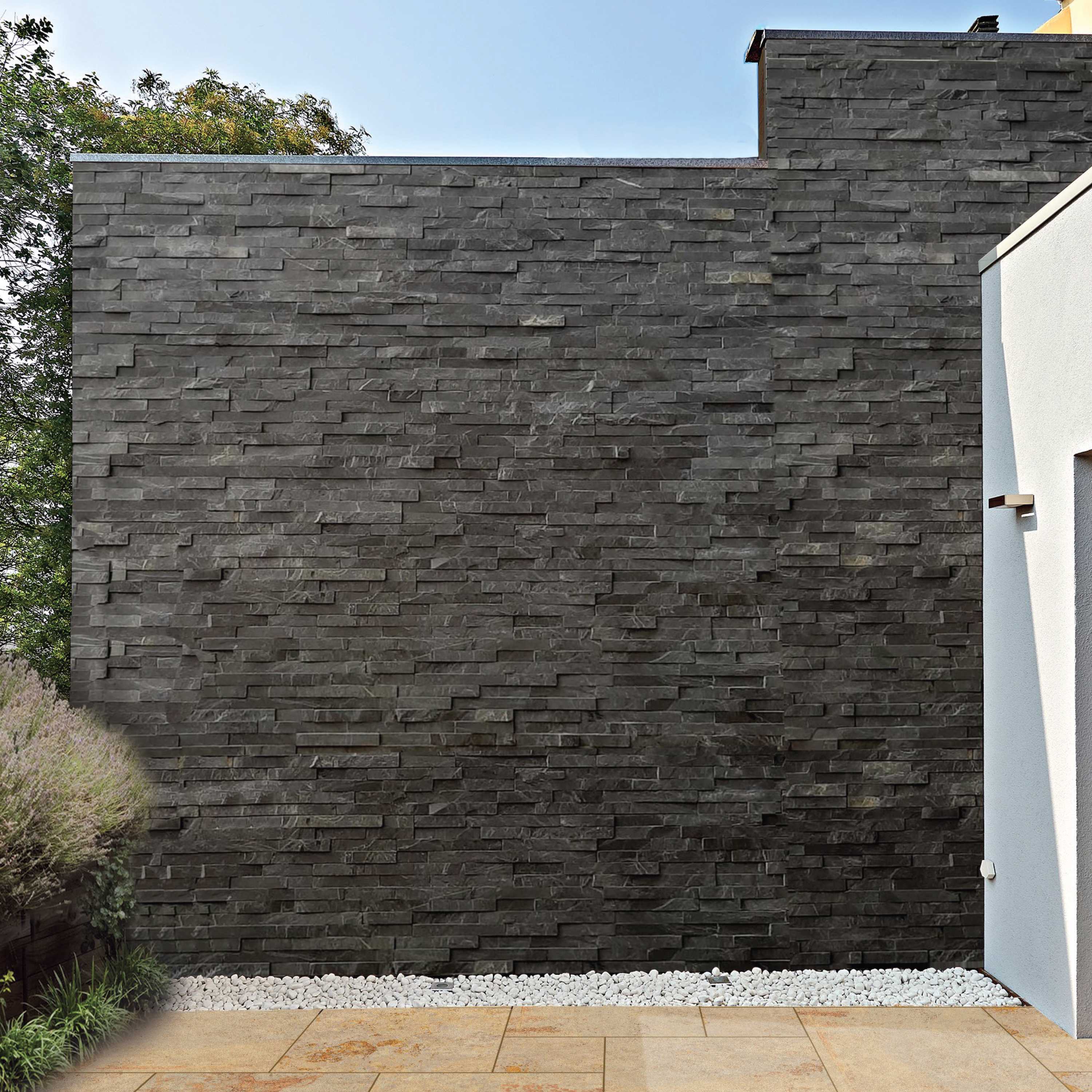Wall Coping Stones: Everything You Need to Know
Apr 13, 2023
A coping stone is a flat stone used to crown free-standing walls and is a component of a coping. Coping stones are crucial in keeping rain from seeping through the wall.
Wall coping stones are incredibly crucial to the success of your walling project. High-strength concrete is used to make coping stones, which offer a gorgeous finish. They include drip checks that help keep water away from the wall and prevent walls from weather damage.
This piece of content is a perfect place if you are looking for wall coping stones. Below are the different types of stones used for wall coping and the significant differences between wall coping and capping.
Let’s first start with the types of stones used in wall coping.
Types of Wall Coping Stones
Numerous kinds of wall coping stones have been created to meet various needs. You can choose any according to your needs. We have put together some of the best styles of wall coping stones below.
1. Once-Weathered Wall Coping Stones
Once-Weathered Wall Coping Stones have been designed to guide water in one direction or another. However, in this case, runoff is typically directed from a roof’s peak inward toward the roof. There needs to be an internal gutter that carefully runs water away from the walls to safeguard them.
The top of the brickwork will be protected, and water will be directed where it is most needed, again with drip grooves to cover the sides of the wall further if these are still applied to external and garden walls or balustrades.
2. Twice-Weathered Wall Coping Stones
The saddle-shaped, or twice-weathered, wall coping stones are among the most popular and are formed similarly to hip roofs to maximize water runoff. These wall copings are inclined on both sides with a ridge running down the middle and are made to guide water to either side.
These are typically found on garden walls and balustrading, where it is irrelevant which way the runoff flows. They might also have “drip grooves” on the bottom of the overhanging part of the coping, which prevent water from seeping into the wall and damaging it.
3. Flat Wall Coping Stones
They are the perfect choice for use on a wall where railings will be installed, or seating is needed due to their flat shape. A drip channel is placed under each coping on both sides as part of the supply to prevent rainfall from running down the face of your wall. To work effectively, the drip channel must have a minimum of 30mm of management overhanging the wall on each side. They can be further customized to take advantage of chamfered edges and other trimmings that give the style they bring an additional depth.
These three are the main types of wall coping stones. Now that you know its types let’s discuss some of the differences between wall coping and wall capping.
Differences Between Wall Coping and Wall Capping
An architectural addition known as a coping covers the brick and protects it from the weather by resting on top of a wall and extending down its edges. On the wall, however, is a flat capping with the wall’s width.
This extension of the wall coping over the parapet wall’s borders prevents rain from running down a building’s structure, which could cause ugly stains on the walls and increase the risk of water infiltration.
However, wall copings and cappings are considered the same. Only in non-brick walls would the capping approach be a suitable finishing technique.
Cappings are more commonly used in stone and masonry construction. Since these stones are not porous like bricks, they do not require weather protection.
So, we can say copings are not a fixed system but a solution for protecting walls from bad weather conditions attached to a bracket. On the other hand, cappings are fixed solutions that are bottled onto a parapet wall.
Frequently Asked Questions
Many people have different questions in their minds when they talk about wall coping stones. If you are also among them, you need not worry. We are here to provide the best possible solution. Below, we have listed the most asked questions regarding wall coping stones.
Q1. Do walls need coping stones?
Wall coping stones are crucial for the walls as they protect them from weather damage. High-strength concrete is used to make coping stones, which offer an aesthetically beautiful finish.
Q2. How much overhang should a coping stone have?
To install coping stones on your walls, you should consider a 25-35 mm overhang on each side.
Q3. What can I use for coping stones?
Traditional mortar can be used for wall coping stones as this is the most common fixing method.
Q4. Can water leak through coping stones?
If coping stones are not installed properly, there might be a possibility of water leaks and loose coping stones. So, make sure experienced hands do the installation process.
The Bottom Line
This was all about wall coping stones and the critical information you need to know. Hope you are now well aware of it and will keep all the things in mind that were discussed above.


